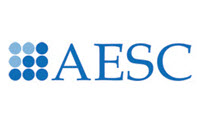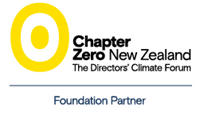Hobson Leavy is proud to have contributed to Chapter Zero New Zealand’s latest report, Climate-related Incentive Schemes & Effective Governance.
The report draws from conversations with remuneration and people and culture committee chairs, industry experts, local and international research to provide you with principles, guidance, and actionable steps to support the inclusion of climate-related metrics within executive incentive schemes. Topics covered include the role of incentives in influencing behaviour, trends, and processes in management incentive schemes, and guiding principles and guidelines for aligning climate goals with remuneration.
In the article, Hobson Leavy delve into the ‘Global Trends’ identified by companies employing ESG measures in executive compensation schemes.
Key takeaways include:
1) 90% of large global companies have now adopted ESG incentive measures, but these are predominantly incorporated within short-term incentive plans.
2) Australia’s ASX100 has lagged behind its global peers in adopting ESG measures into LTI plans, stagnating for the past two years, with New Zealand further behind.
3) In 2023, there was increased adoption of ESG measures in incentives, particularly from the healthcare and information technology sectors.
4) Among the suite of ESG measures used in executive incentives, environmental measures increased the most across regions with Europe taking the lead globally in 2023.
5) The difficulties with measurement and action on Scope 3 emissions remain, highlighting the challenge of having the right amount of realism and ambition in incentive structures.
6) Trends show increasing migration from qualitative ESG measures to incorporating more quantitative goals in executive incentives.
7) Across all markets, companies are still more likely to measure ESG targets quantitatively in STI plans rather than in LTI plans.
Overall, Executive incentives are a powerful and tangible governance mechanism for driving accountability and the remuneration committee’s role is essential to getting the right design and the right outcomes.
Click here to read the full report: https://lnkd.in/e26p8ytX








